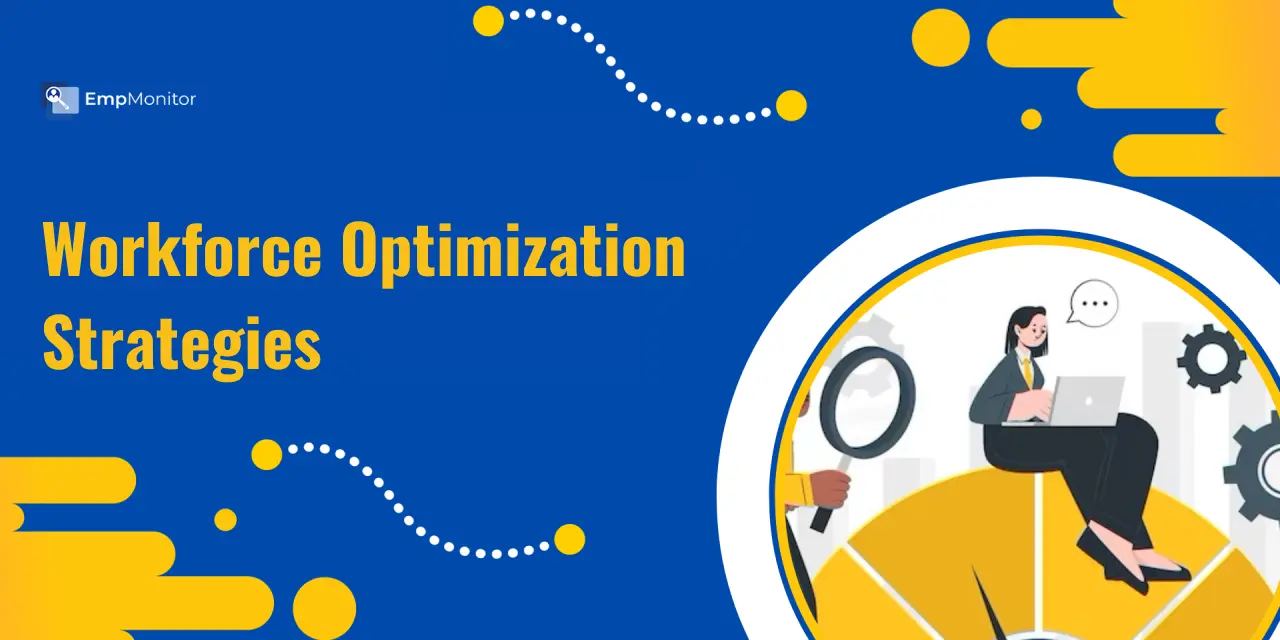Automating Workforce Optimization for Scalable Growth
Automating Workforce Optimization for Scalable Growth
Blog Article
Workforce Optimization for Faster Time-to-Market
In today's fiercely competitive company landscape, developing an ideal side is more essential than ever. One route to reaching this really is through data-driven workforce optimization. By leveraging the vast levels of data available these days, companies may fine-tune their workforce to be more efficient, successful, and aligned with long-term company goals. This approach isn't only for big enterprises; it's similarly useful for small and medium-sized organizations striving to maximise their resources.
Knowledge Workforce Optimization
Workforce optimization involves applying data analytics to improve the performance and productivity of employees. By considering different metrics such as time administration, efficiency degrees, and work satisfaction, companies can recognize parts for improvement. That data-driven approach makes for more educated decision-making, ensuring that resources are allocated successfully and that employees are positioned for success.
As an example, a company would use employee efficiency information to identify top performers and analyze what units them apart. This information may then be properly used to produce education programs that help other workers reach similar levels of performance. The important thing is by using information to drive constant development, rather than counting on stomach feelings or outdated methods.

The Role of Knowledge Analytics
Information analytics represents a crucial position in workforce optimization. By collecting and analyzing information from different resources, companies may get ideas in to worker efficiency, proposal, and over all productivity. This knowledge can be utilized to produce step by step reports and visualizations that spotlight tendencies and styles, which makes it simpler to identify places for improvement.
As an example, by analyzing time-tracking knowledge, a business may find that particular projects are taking more than expected. These details will then be properly used to streamline operations or provide extra education to employees. Equally, knowledge on employee diamond will help recognize factors that donate to job pleasure, enabling organizations to implement changes that increase morale and lower turnover.
Advantages of a Data-Driven Strategy
Adopting a data-driven method of workforce optimization offers numerous benefits. For starters, it enables businesses to produce more educated conclusions, lowering the risk of costly mistakes. By basing conclusions on difficult data as opposed to instinct, organizations can assure they are assigning assets in the utmost effective way possible.
Another benefit is increased transparency. When personnel realize that decisions are increasingly being created predicated on information, they're more likely to trust the process and experience confident inside their roles. This can cause to higher degrees of engagement and production, as personnel sense valued and supported.
Eventually, a data-driven method might help organizations keep prior to the competition. By continuously tracking and increasing workforce efficiency, companies may conform to adjusting industry conditions and remain agile in the face area of new challenges. This strategic gain may be the huge difference between success and failure in today's fast-paced business environment.
Practical Methods for Applying Workforce Optimization
To successfully implement workforce optimization , organizations need in the first place an obvious plan. This requires placing specific objectives and distinguishing the main element metrics which will be used to measure success. It is also crucial that you include personnel along the way, as their input can provide important insights and support guarantee buy-in.

Next, businesses need to purchase the right methods and technologies. This could include time-tracking pc software, efficiency management systems, and data analytics platforms. By developing these methods, businesses can gather and analyze information more effectively, providing a good foundation for decision-making.
Finally, it's important to foster a culture of constant improvement. This implies often researching data and creating adjustments as required to make sure that workforce optimization attempts are yielding the required results. By staying committed to this method, organizations may open the total potential of their workforce and achieve a proper advantage.
To conclude, data-driven workforce optimization is just a strong software for achieving strategic success. By leveraging knowledge analytics to enhance employee performance and proposal, organizations can make more educated decisions, boost productivity, and keep prior to the competition. For companies seeking to maximise their sources and gain a competitive side, adopting a data-driven method is not only an option—it's a necessity.
Report this page